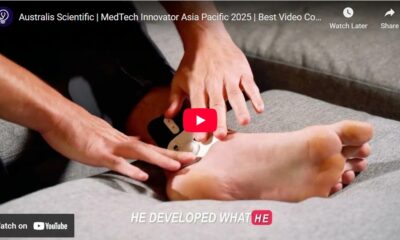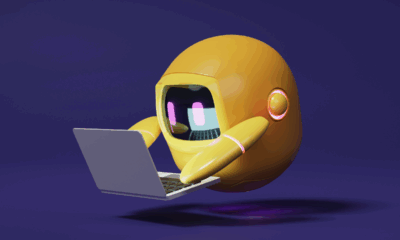While some may argue that the traditional wheelchair design has been unchanged for decades, there are some new groundbreaking designs that are vast improvements on the old generic steel wheelchair.
Follow us on Telegram for the latest updates: https://t.me/AsiaMDsg
Ultra lightweight
In the mobility business, weight is of utmost concern. Anybody who has pushed a traditional steel wheelchair (with someone in it) will know the heft of it and the exhaustion that comes with it.
This is where the Phoenix I wheelchair comes in very handy. Its extremely lightweight carbon fibre frame is a lot more easier to manoeuvre and also provides increased stability. You can even adjust its centre of gravity with its onboard automatic system.
Equipped with powered front-wheels that minimise painful vibrations, the strain on the user is markedly reduced. It also comes with power brakes that intelligently senses and adjusts when the user is descending down a slope.
Self-driving
You guessed it, someone had to invent a self-driving wheelchair sooner or later! Guru IoT’s self-driving wheelchair uses cutting edge digital-twin 3D map data technology developed by Guru IoT. Apparently, this technology is superior to existing technology found in other similar wheelchairs, with improved accuracy.
The wheelchair can negotiate through crowds and other physical obstacles intelligently through speed adjustment or by stopping completely to avoid hurdles. It is also equipped with safety features such as emergency braking, safety distance maintenance and overturn prevention functions. There is even a driving mode shifting function that handles different situations.
Avoid crashes and accidents
Luci makes an add-on product for powered wheelchairs and turns them into smart wheelchairs. Utilising the latest sensor technologies and cloud computing functions, it is an effective tool in helping users avoid obstacles and even nasty crashes.
You may think wheelchair users rarely run into walls (or furniture or people) but it happens more often than you think. Particularly amongst wheelchair users who may also be visually or intellectually impaired.
The high-tech sensors deploy ultrasonic, radar, camera abilities in coordination with smart technologies (Alexa and Google Assistant) to help users navigate their surroundings.
This article was produced solely for the purpose of healthcare and medical knowledge. Not all innovations are available or approved for clinical use. AsiaMD may receive financial or non-financial sponsorship from the companies or institutions involved in these innovations. However, AsiaMD does not endorse any specific product or service in the article, in addition to the Terms and Conditions for the use of our AsiaMD.com website. Please consult your healthcare professional if you need more information.












